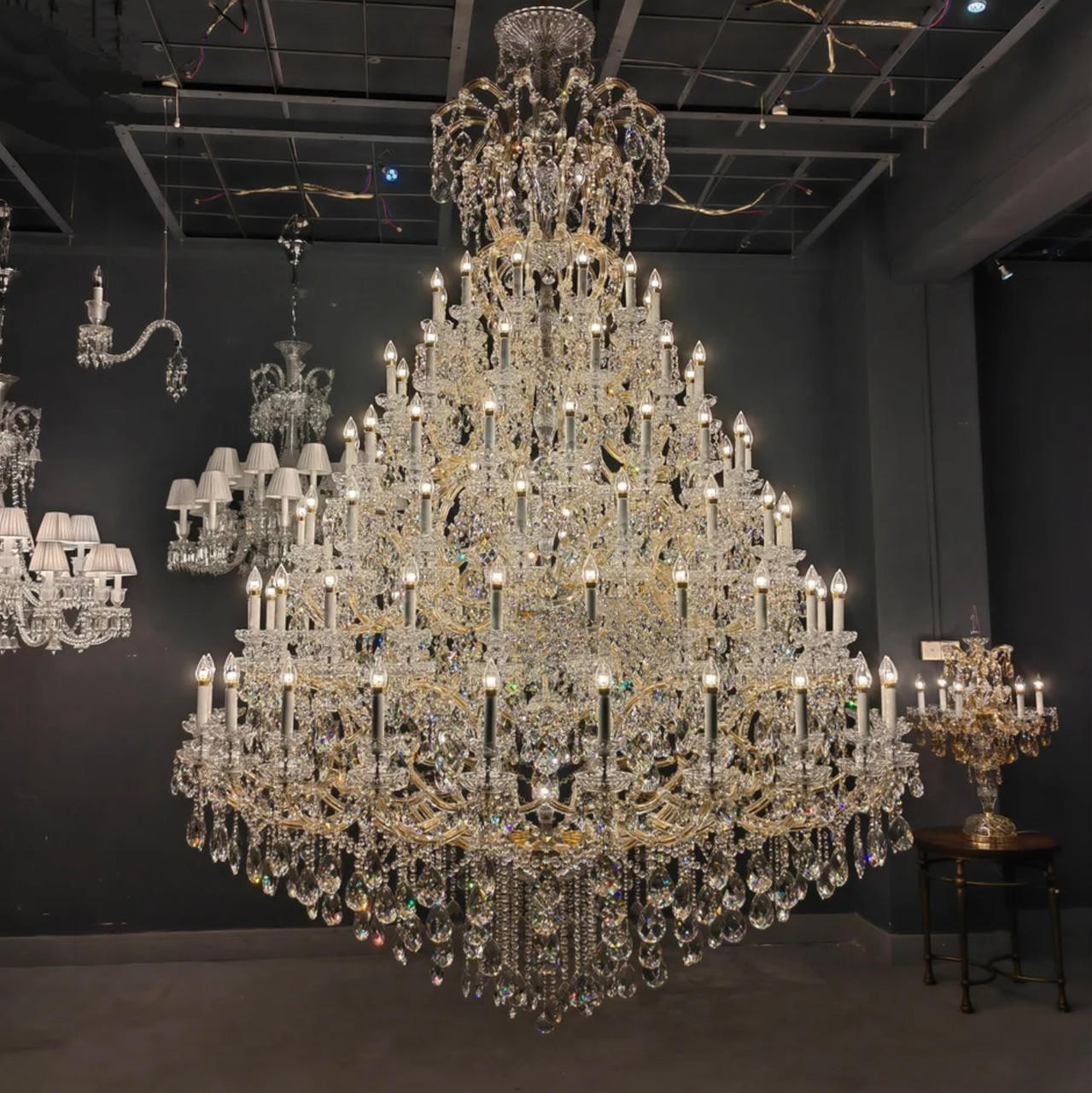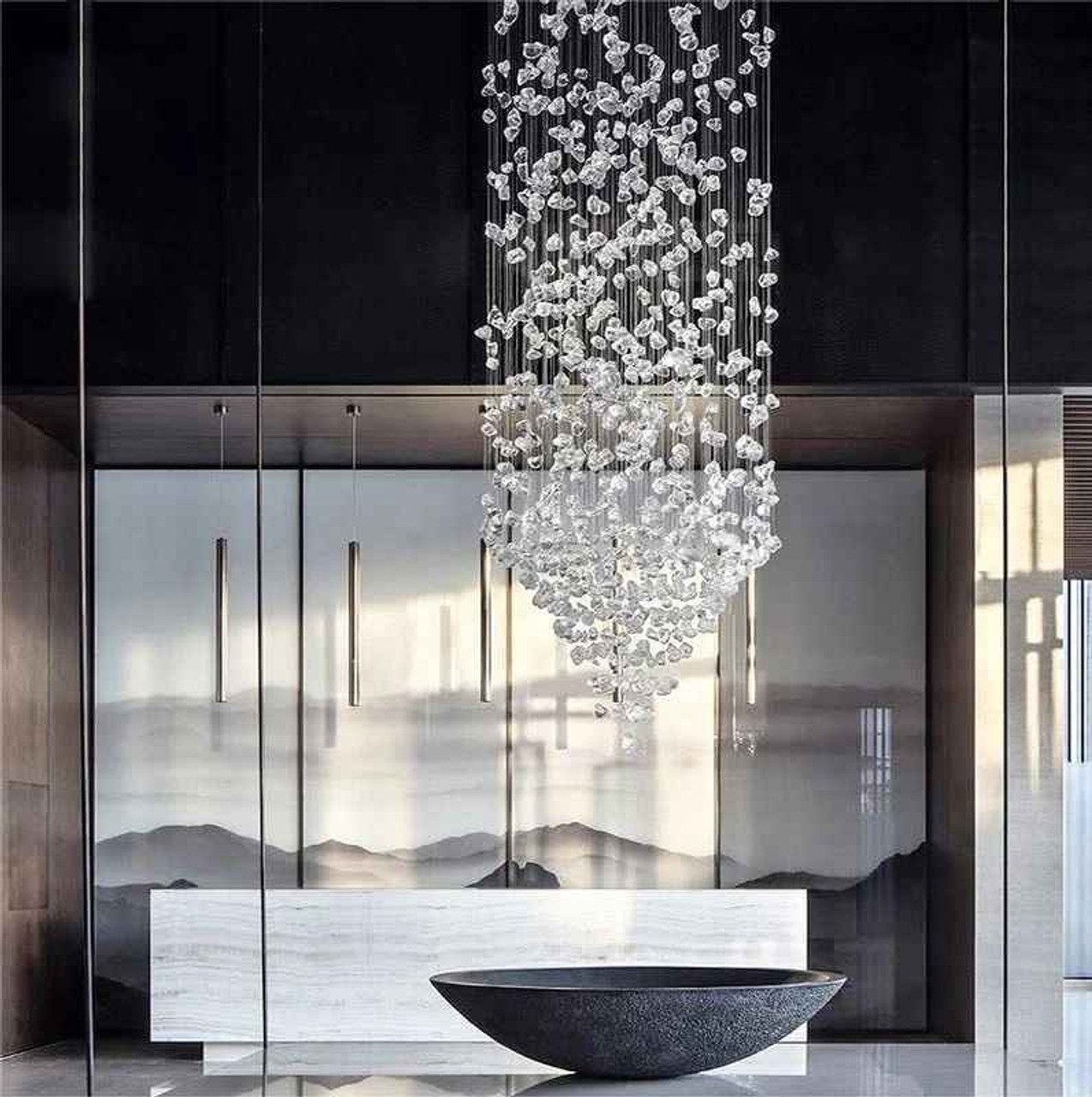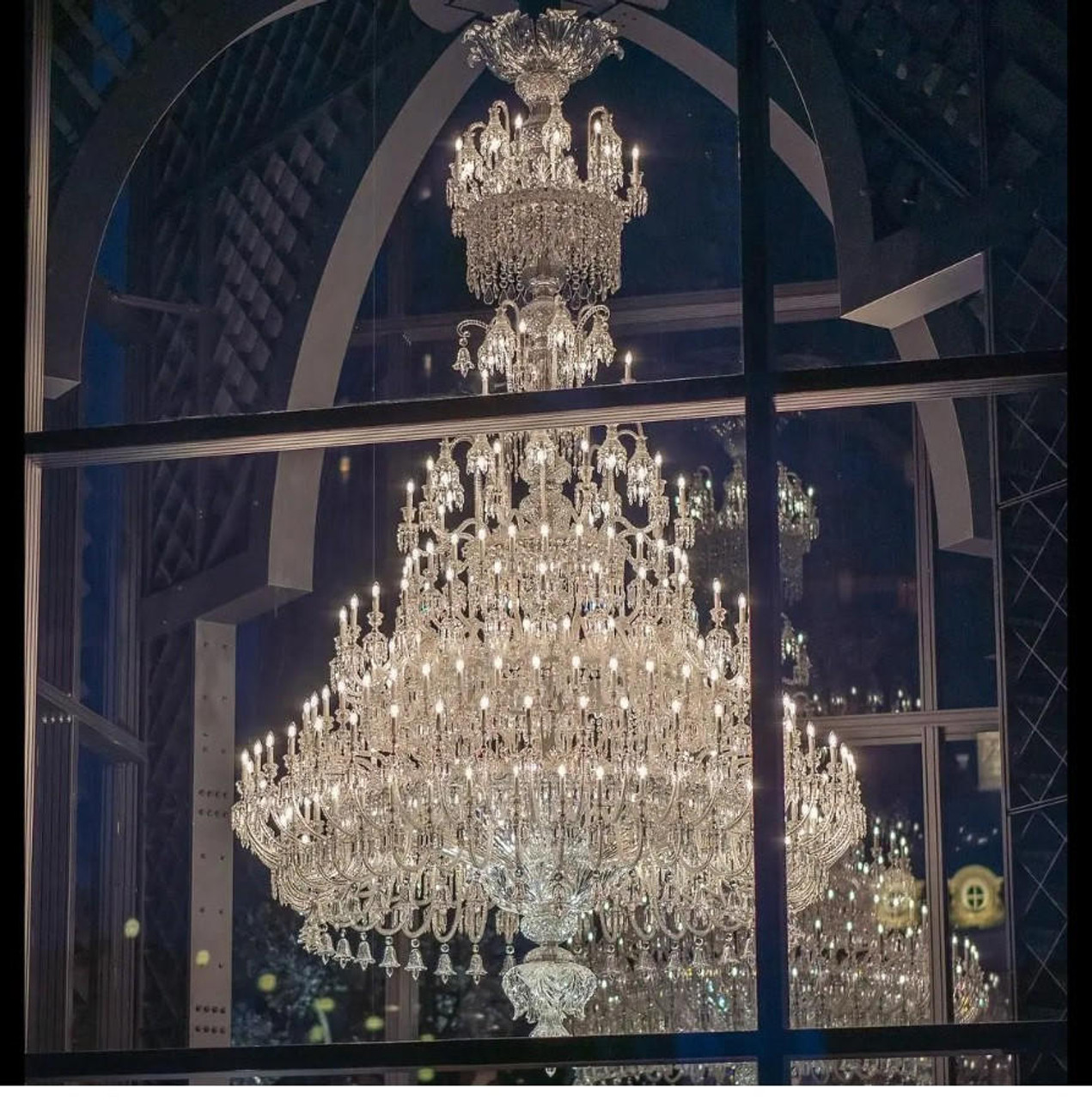Architectural Classicism vs. Modernism: A Debate on Ethics and Aesthetics
1st Aug 2024
Architectural Classicism vs. Modernism: A Debate on Ethics and Aesthetics
Architecture, as a discipline and art form, has always been a reflection of the cultural, social, and technological context of its time. The evolution of architectural styles throughout history is a testament to the changing priorities and values of societies. Among the numerous architectural styles that have emerged, two prominent movements stand out for their enduring influence and stark contrast: Classicism and Modernism. The debate between these two styles often transcends aesthetics, delving into ethical considerations regarding heritage, functionality, and sustainability. This paper explores the intricate interplay between ethics and aesthetics in the context of Architectural Classicism and Modernism, examining their historical roots, philosophical underpinnings, and contemporary relevance.
Historical Context and Philosophical Foundations
Classicism
Architectural Classicism, rooted in the principles of ancient Greek and Roman architecture, emphasizes symmetry, proportion, and the use of classical orders. The revival of classical architecture during the Renaissance and subsequent periods, such as the Neoclassical movement of the 18th and 19th centuries, sought to evoke the grandeur and rationality of antiquity. Classicism is characterized by its adherence to established rules and its emphasis on harmony and order.
The ethical dimension of Classicism can be traced to its association with ideals of beauty, rationality, and permanence. Classical architecture is often seen as embodying timeless values and serving as a reminder of human achievement and cultural continuity. The use of classical elements, such as columns, pediments, and entablatures, is not merely an aesthetic choice but also a statement about the importance of history and tradition.
Modernism
Modernism, emerging in the late 19th and early 20th centuries, represented a radical departure from historical styles. Influenced by technological advancements, industrialization, and a desire to break free from the constraints of the past, Modernist architecture embraced new materials, such as steel and concrete, and new construction techniques. Figures like Le Corbusier, Walter Gropius, and Ludwig Mies van der Rohe championed the principles of functionalism, simplicity, and the rejection of ornamentation.
Modernism's ethical stance is closely tied to its focus on functionality and social progress. Modernist architects aimed to address the needs of a rapidly changing world, advocating for buildings that were efficient, affordable, and accessible. The emphasis on form following function reflects a commitment to practicality and a desire to improve the human condition through design.
Aesthetic Considerations
Classicism: The Beauty of Order
The aesthetic appeal of Classicism lies in its pursuit of beauty through proportion, symmetry, and balance. Classical architecture often evokes a sense of grandeur and stability, qualities that are visually reassuring and culturally significant. The use of classical orders, such as Doric, Ionic, and Corinthian columns, provides a visual vocabulary that conveys elegance and refinement.
In contemporary architecture, Classical elements are sometimes incorporated to lend a sense of dignity and tradition to new buildings. This approach can be seen in government buildings, museums, and educational institutions, where the aesthetic of Classicism reinforces the authority and cultural significance of the structures.
However, the aesthetic rigidity of Classicism can also be seen as a limitation. The adherence to historical forms and proportions may stifle creativity and innovation, leading to buildings that are more concerned with appearance than with meeting the needs of their users.
Modernism: The Elegance of Simplicity
Modernist architecture's aesthetic is defined by its simplicity, clarity, and the honest expression of materials and structure. The use of clean lines, open spaces, and large windows creates a sense of openness and transparency. Modernist buildings often have an understated elegance that derives from their functional design and the absence of superfluous ornamentation.
The aesthetic of Modernism is also closely linked to its ethical stance. By prioritizing function and efficiency, Modernist architects aimed to create buildings that were not only beautiful but also socially responsible. The use of industrial materials and prefabrication techniques was intended to make quality architecture accessible to a broader population.
However, the austerity of Modernist design can sometimes be perceived as cold and impersonal. Critics argue that the focus on functionality can lead to environments that lack warmth and human scale, resulting in spaces that are uninviting or even alienating.
Ethical Considerations
Classicism: Heritage and Continuity
The ethical argument in favor of Classicism often centers on the importance of heritage and cultural continuity. Classical architecture serves as a link to the past, preserving the memory of historical achievements and reinforcing a sense of identity and belonging. This perspective holds that architecture should respect and reflect the cultural and historical context in which it exists.
In this view, the preservation and adaptation of classical architectural forms are seen as acts of stewardship. By maintaining a connection to the past, architects can contribute to a sense of stability and continuity in an ever-changing world. This ethical stance values the aesthetic and symbolic meanings embedded in classical forms, arguing that they enrich the built environment and provide a sense of place.
Modernism: Progress and Innovation
The ethical justification for Modernism is rooted in its commitment to progress and innovation. Modernist architects sought to address the social and technological challenges of their time by creating buildings that were functional, efficient, and forward-looking. This approach aligns with the belief that architecture should serve the needs of society and contribute to human well-being.
Modernism's emphasis on new materials and construction techniques reflects an ethical commitment to sustainability and resource efficiency. By designing buildings that are adaptable and resilient, Modernist architects aimed to create a built environment that could respond to changing needs and conditions. This perspective prioritizes the practical and social functions of architecture over historical continuity.
Contemporary Relevance
In contemporary architecture, the debate between Classicism and Modernism continues to evolve, influenced by new technological, environmental, and cultural considerations. Architects today often draw from both traditions, blending classical and modern elements to create buildings that are both aesthetically pleasing and ethically responsible.
Sustainable Design
One of the most pressing ethical considerations in contemporary architecture is sustainability. Both Classicism and Modernism offer valuable insights into sustainable design. Classical architecture's emphasis on durable materials and passive climate control strategies, such as the use of thermal mass and natural ventilation, can inform sustainable practices. Modernism's focus on efficiency and the integration of new technologies aligns with contemporary efforts to reduce the environmental impact of buildings.
Architects are increasingly exploring ways to combine the aesthetic and ethical strengths of both traditions. For example, buildings that incorporate classical proportions and materials can also feature modern energy-efficient systems and sustainable construction methods. This hybrid approach allows architects to create spaces that are beautiful, functional, and environmentally responsible.
Cultural Sensitivity
In a globalized world, cultural sensitivity is another important ethical consideration. Architects must navigate the tension between preserving local traditions and embracing global modernity. Classicism, with its deep roots in Western architectural history, may not always resonate with the cultural context of non-Western societies. Conversely, the universality of Modernism can sometimes lead to a homogenization of architectural styles, erasing local identities.
Contemporary architects often strive to balance these competing demands by incorporating local materials, construction techniques, and cultural symbols into their designs. This approach fosters a sense of place and cultural continuity while also embracing the benefits of modern technology and design principles.
Conclusion
The debate between Architectural Classicism and Modernism is not merely a matter of aesthetic preference but also involves profound ethical considerations. Classicism, with its emphasis on heritage, beauty, and cultural continuity, offers a sense of stability and historical depth. Modernism, with its focus on functionality, progress, and innovation, addresses the practical needs of contemporary society and promotes social responsibility.
In the contemporary architectural landscape, the most compelling designs often arise from a synthesis of these two traditions. By drawing on the strengths of both Classicism and Modernism, architects can create buildings that are not only aesthetically pleasing but also ethically responsible. This integrated approach allows for the creation of a built environment that honors the past while embracing the future, ensuring that architecture continues to enrich the human experience in meaningful and sustainable ways.





